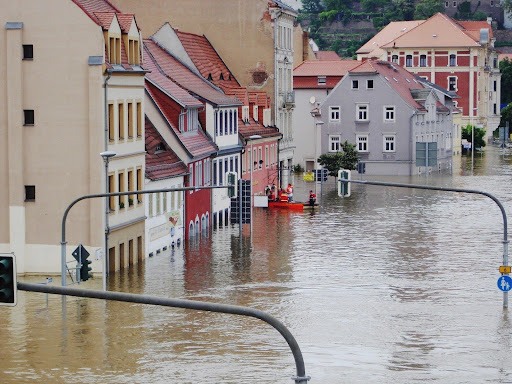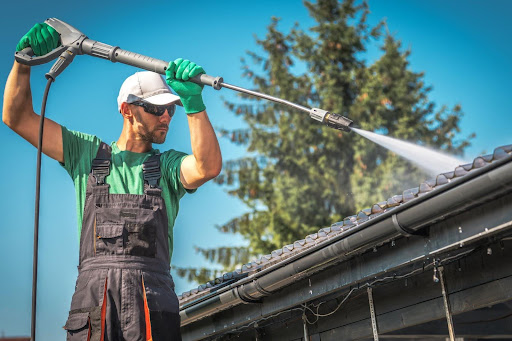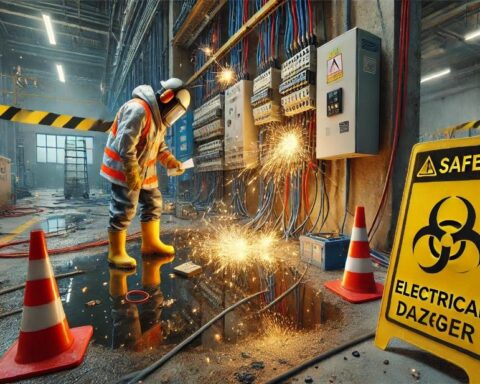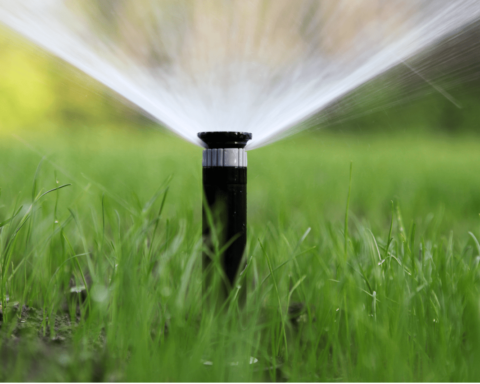Imagine coming home to find water all over your floor. Maybe a pipe burst, or there’s been a heavy rainstorm. Water damage can be really stressful, but don’t worry!
This guide will help you understand everything you need to know about water damage repair. By the end of this blog post, you’ll learn how to handle water damage, prevent it from happening again, and keep your home safe and dry. Read on to learn more.
What is Water Damage?
Water damage happens when water gets into places it shouldn’t be. This can cause things like wood to rot, metal to rust, and mold to grow.
It can be caused by many things like leaking pipes, overflowing sinks, or even natural disasters like floods. It’s important to fix water damage as soon as possible to prevent more problems.
Types of Water Damage
There are three main types of water damage. Clean water damage comes from things like broken pipes. This water is safe to clean up.
Gray Water Damage
Gray water damage occurs when water from sources like dishwashers, washing machines, or aquariums leaks or overflows. This type of water may contain some level of contamination from cleaning agents, food particles, or detergent residues, making it slightly riskier to handle than clean water.
It is important to address gray water damage promptly, using appropriate protective measures and cleaning supplies, to restore the affected area to a safe state.
Black Water Damage
Black water damage is the most severe type of water damage and involves highly contaminated water. This type of water can harbor harmful bacteria, pathogens, and chemical contaminants, posing significant health risks to anyone exposed without proper protective gear.
Restoration processes often involve thorough cleaning, disinfection, and potentially removing and replacing affected materials to ensure the safety and hygiene of the repaired area.
Recognizing Water Damage
Water damage isn’t always obvious. Sometimes it’s hidden behind walls or under floors. Some signs to look for include water stains on ceilings or walls, peeling paint, and a musty smell.
You might also see mold or mildew growing. If you notice any of these signs, it’s important to check for water damage right away.
Immediate Steps to Take
If you find water damage, there are some steps you should take immediately. First, turn off the water source if you can. This will stop more water from coming in.
Next, turn off the electricity in the affected area to avoid any electrical hazards. Then, start removing as much water as you can.
You can use buckets, mops, or even a wet/dry vacuum. The faster you remove the water, the less damage it will cause.
Drying Out the Area
Once you’ve removed the water, it’s time to dry out the area. Open windows and doors to help air circulate. You can also use fans and dehumidifiers to help speed up the drying process.
It’s important to dry everything completely to prevent mold from growing. This can take a few days, so be patient.
Cleaning and Disinfecting
After everything is dry, you’ll need to clean and disinfect the area. This will help get rid of any bacteria or mold spores. Use a mixture of water and bleach to clean hard surfaces like floors and walls.
You might need to use special cleaning products or hire a professional cleaner. Make sure you wear gloves and a mask to protect yourself while cleaning.
Repairing Damaged Items
Now that everything is clean and dry, you can start repairing any damaged items. This might include replacing drywall, fixing broken pipes, or repainting walls.
If the damage is extensive, you might need to hire a professional contractor. They can help make sure the repairs are done correctly and safely.
Preventing Future Water Damage
Preventing water damage is just as important as repairing it. There are some things you can do to help prevent water damage in the future. Regularly check your home for leaks and fix them right away.
Make sure your gutters and downspouts are clear of debris. Install a sump pump in your basement to help prevent flooding. These simple steps can help keep your home safe and dry.
Understanding Insurance Coverage
Homeowners insurance can help cover the cost of water damage repairs. It’s important to understand what your policy covers. Some policies cover water damage from things like broken pipes, but not from floods.
Make sure you know what your policy covers and consider adding flood insurance if you live in a high-risk area. This can help protect you financially if you ever have water damage.
Hiring a Professional
Sometimes water damage is too extensive to handle on your own. In these cases, it’s best to hire a professional. They have the tools and experience to properly dry out and repair your home.
Look for a reputable company with good reviews. Make sure they are licensed and insured. Hiring a professional can give you peace of mind and ensure the repairs are done correctly. If you consider a commercial water restoration, visit our homepage.
The Importance of Mold Prevention
Mold can start growing within 24-48 hours after water damage occurs. It’s important to take steps to prevent mold growth and have water damage inspection. Keep the affected area as dry as possible. Use dehumidifiers and fans to help with this.
Regularly check for signs of mold, such as a musty smell or visible growth. If you find mold, you’ll need to clean it up right away or hire a professional to do it.
Tips for a Quick Recovery
Recovering from water damage can be stressful, but there are some tips to help make the process quicker and easier. Keep track of all repairs and expenses.
This can help with insurance claims and make sure nothing is overlooked. Second, take care of yourself. Dealing with water damage can be overwhelming.
Make sure you take breaks and ask for help if you need it. Finally, stay positive. With time and effort, your home will be back to normal.
Understanding the Water Damage Repair
Water damage can be a big problem, but with the right knowledge and tools, you can handle it. By following the steps in this guide on water damage repair, you can repair water damage and prevent it from happening again. Remember to act quickly, dry everything thoroughly, and take steps to prevent future damage
If the damage is too much to handle on your own, don’t hesitate to hire a professional. With these tips, you’ll be prepared to keep your home safe and dry.
For more helpful tips, check out the rest of our site today.








